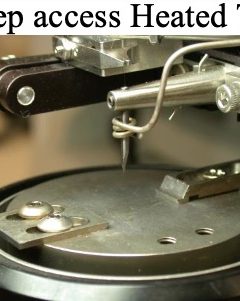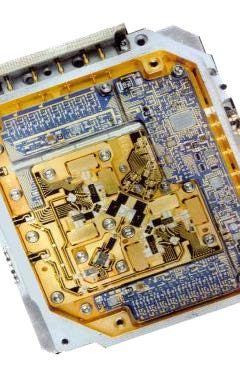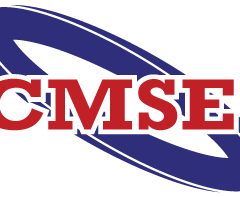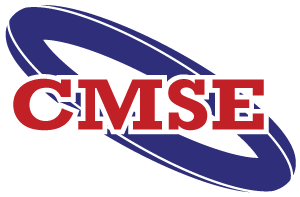
CMSE 2018 Call for Presentations
October 3, 2017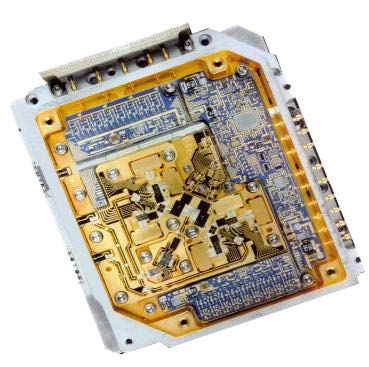
Silver Epoxy Turns Black After an Oxygen Plasma Clean Prior to Wire Bonding…But So What?
July 28, 2020BOOK REVIEW
Moisture in Microelectronics: Physics and Chemistry of Volatile Species in Hermetic Electronic Devices
I just finished reading this excellent manuscript which is an absolute must for any practicing engineer working on issues related to hermeticity and the residual gas content contained inside a cavity surrounding sensitive microcircuits and sensors. At the Minnowbrook meetings every year Phil often quips “Chemistry Happens!”…and it does. Understanding the physics and chemistry that goes on inside the tiny headspace surrounding the circuits is a daunting task. Thankfully Phil has put down on paper his personal experiences and lessons learned based on forty years of actively working in this field. He begins by doing a nice job explaining the history of the specs and the rationale for implementing these tests methods, specifically MIL-STD 883, TM 1018 (Internal Gas Analysis, IGA, or Residual Gas Analysis, RGA) and the associated defacto test method for Hermeticity TM 1014 (SEAL).
Years ago high moisture content inside IC packages used in critical mil and aerospace service was a major reliability concern and even today is something that rears its ugly head from time to time. Moisture is not the only concern. Phil was a pioneer and did the experiments to identify the source and explained science behind the “hydrogen phenomenon”. As he states…“High hydrogen content was first recognized as a problem in the microwave device community. Within months it was recognized as a potential source for moisture generation in any hermetic device”.
Outgassing of epoxies and the development of the MIL-STD TM 5011 for polymeric adhesives was all predicated upon understanding the component gases evolving from cured (or inadequately cured) polymers inside the hermetic cavity. Phil is a strong proponent for an industry wide consensus standard for RGA for moisture. He does a great job explaining the RGA mass spectrometry technique and more importantly how to correctly interpret the data generated. Chapter 10 is a nice collection of case studies, all of which are still relevant today. Page 172 of this book is everyone’s college favorite the Ellingham Diagram! Turns out this is a valuable tool regarding the problem of reducible metal oxides in alloys containing metals such as Ag, Ni and Cu often used in microcircuit packages.
Today we have the same old problems and lots of news ones to tackle in modern day hermetic packages, including MEMS, sensors, and a variety of next generation devices used in not only Mil/Aerospace but medical implants, telecommunications, optical components, oil and gas downhole applications, and a variety commercial devices.
Understanding the Physics and Chemistry of Volatile Species in Hermetic Electronic Devices is the first and most important step required to assure reliable operation in the end use environment.
This book is available on Lulu.com.
Or to learn more sign up for CMSE https://www.tjgreenllc.com/cmse/
And attend the Tutorial “Moisture in Microelectronics”.
Every attendee receives a free copy of this manuscript


